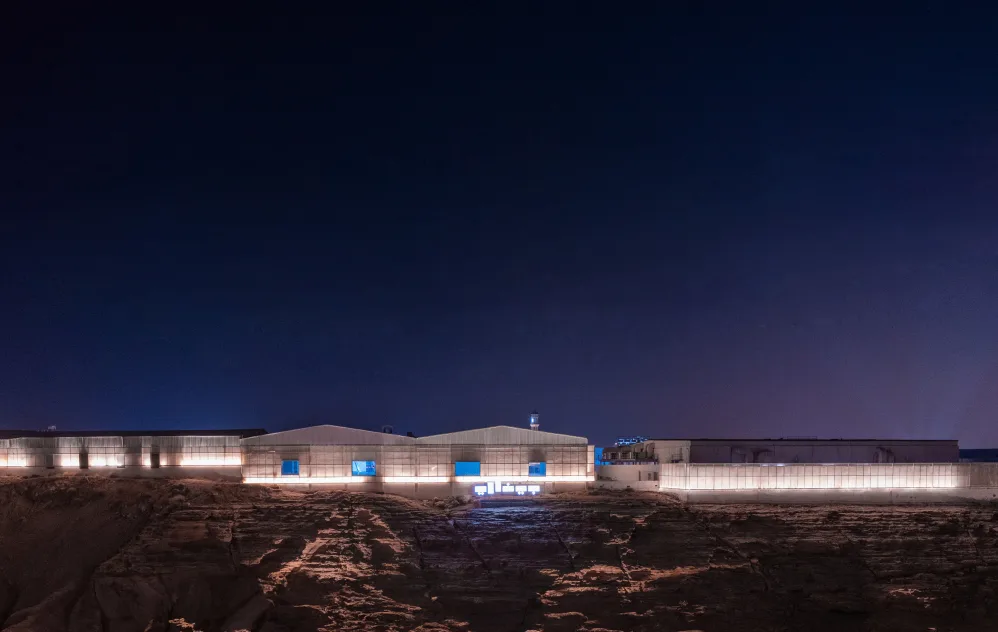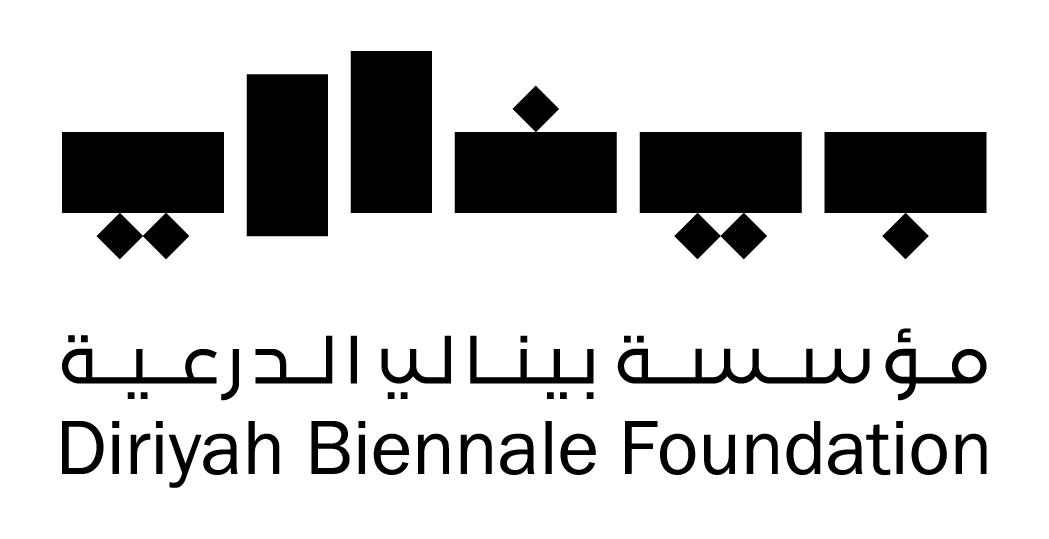In the News
VIEW ALLBrowse Past Biennales

DIRIYAH CONTEMPORARY ART BIENNALE (2021-2022)
Feeling The StonesThe first edition of the Diriyah Contemporary Art Biennale marked the beginning of era-defining connections, celebrating Saudi Arabia’s contemporary art scene and the Kingdom’s evolving position as a major global art powerhouse.

ISLAMIC ARTS BIENNALE (2023)
AWWAL BAIT ‘FIRST HOUSE’This Biennale explored the timeless rituals that have defined Islam from its beginning through to the present day.
ABOUT THE DIRIYAH BIENNALE FOUNDATION

Inspired by the changes taking place in Saudi Arabia and the heritage site of Diriyah, the Diriyah Biennale Foundation assumes a critical role in nurturing creative expression and instilling an appreciation for culture and the arts and their transformative potential. The Foundation aspires to be a catalyst for lifelong learning and serves Saudi Arabia’s communities by offering opportunities to engage with the burgeoning local art scene.
At this historical moment of evolution and growth in Saudi Arabia, these Biennales will showcase some of the world’s leading artists, drive cultural exchange between the Kingdom and international communities, promote dialogue and understanding, and further establish Saudi Arabia as an important cultural center.







